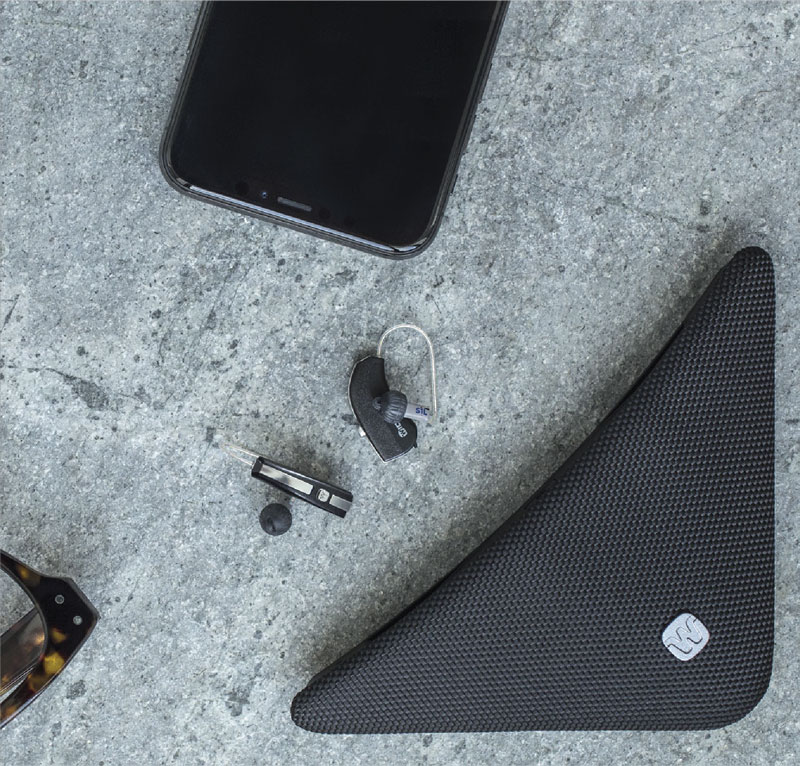


An electronic assistive device which is most often worn behind or in the ear.
More DetailsIf you have a hearing loss, there are different types of hearing aids to choose from. Which one works for you depends, among other things, on your ear shape or size, energy source and connectivity features.
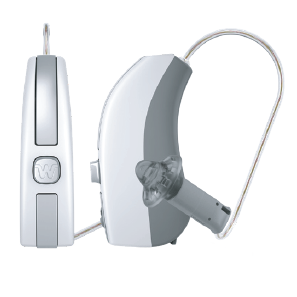
RIC hearing aids consist of a plastic casing and a small receiver contained inside a mold that goes in the ear.
RIC hearing aids are most compatible for people with mild to server hearing loss. Click here to find out the available Widex RIC hearing aids.
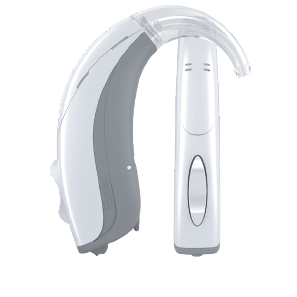
BTE hearing aids consist of the plastic casing that's placed behind the ear and a small ear mold to hold it in place.
BTEs are capable of providing more output and are compatible with more severe degrees of hearing loss. However, they are very versatile and can be used for nearly any kind of hearing loss.
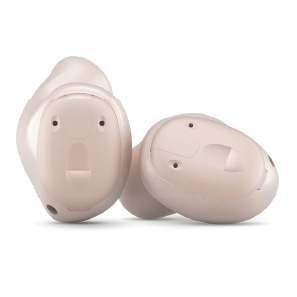
Unlike Behind-the-ear hearing aids, In-the-ear (ITE) hearing aids are placed inside the ear and consist of only one part: the shell. The electronics are built into the shell, which is custom-made from an impression of the user’s ear canal.
This type of hearing aid is often 100% automatically controlled, but on some models it’s possible to adjust using a remote control or a smartphone app. Good eyesight and dexterity makes it easier to maintain and handle an ITE hearing aid.
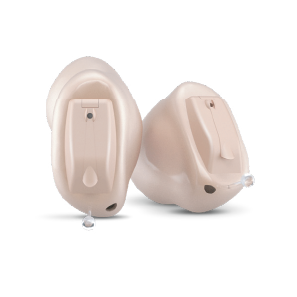
Completely-in-canal (CIC) hearing aids are placed deep within the ear canal and are almost invisible.
Because they are placed so deep, there are some natural acoustical advantages. You get reduced wind noise, and it’s easier to speak on the phone using a normal handset. It’s also easier to determine from which direction sounds are coming.
The CIC is usually fully automatic and has no space for any additional manual controls. The battery is located in the lid, which also functions as its on/off switch.
Discover our wide range of hearing aids equipped with modern technology to serve your hearing needs.

A fuller, richer soundscape - from the softest whispers to the exciting roar of the crowd.

EVOKE analyses your sound environment and reacts to changes for natural, effortless hearing.

Even a great hearing aid has always sounded like a hearing aid – until now.
Hearing aids are available in a variety of technology levels, each designed to accommodate your specific listening requirements.
Hearing aids categorize listening environments into eleven distinct sound classes illustrated below. Your hearing aid automatically adapts to each environment, but each sound class can be customized to create your own optimal hearing experience.





Find out about the different hearing accessories here! Whether would like to watch TV, stream music from your hearing aid or hear people clearly in public venues, we have the accessory to help you with that.
